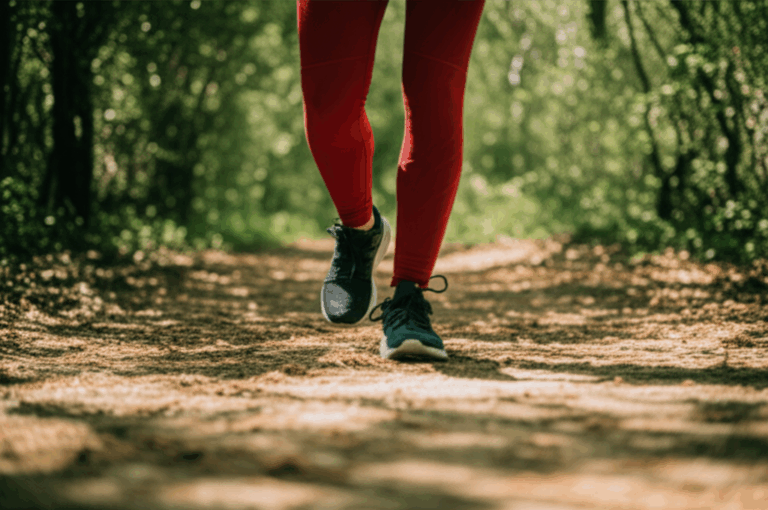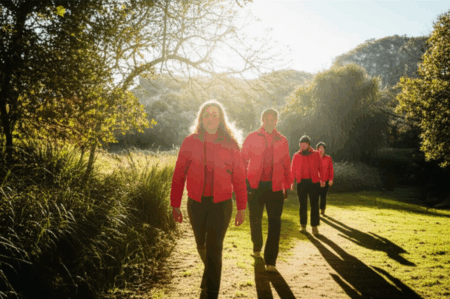Walking has long been lauded as one of the simplest, yet most profound forms of exercise for maintaining overall health. A brisk daily walk can significantly boost stamina, burn calories, and improve heart health, contributing to a healthier and longer life. From improving circulation and strengthening bones to enhancing mood and aiding weight loss, the benefits are extensive. However, what if a slight modification to this everyday activity could unlock even greater advantages for your body and mind? Enter “retrowalking” or walking backward, a practice gaining traction for its unique physiological and cognitive boosts.
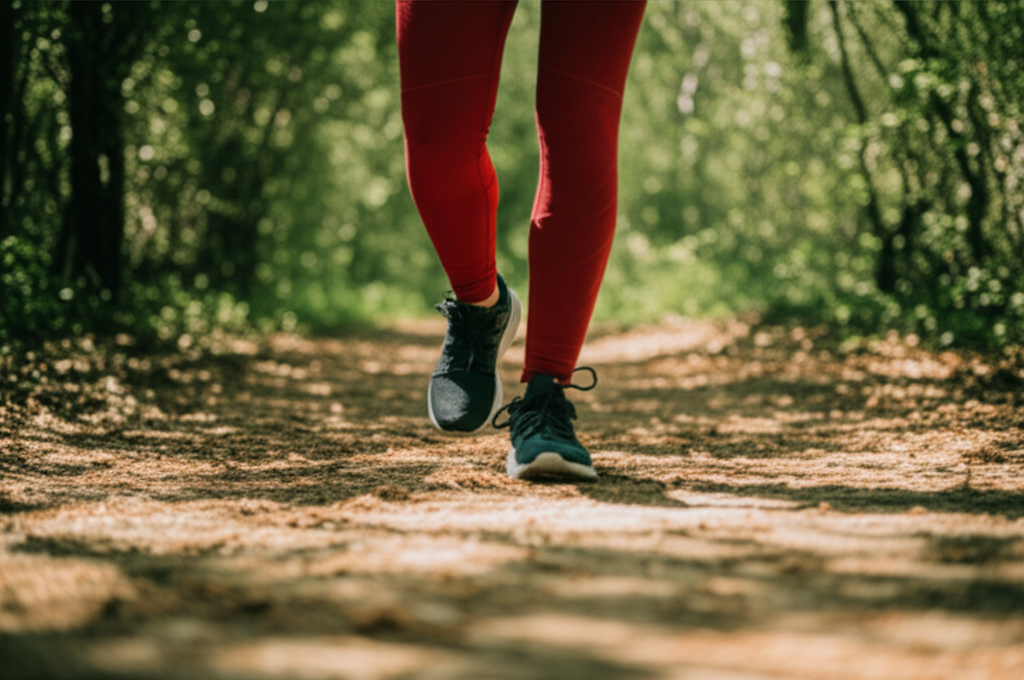
The Foundational Benefits of Forward Walking
Before diving into the intricacies of backward movement, it’s essential to recognize the established advantages of our conventional forward stride. Walking is a low-impact, accessible exercise that requires no special equipment and can be easily incorporated into daily routines. Regular brisk walking, even for just 10-30 minutes a day, can contribute significantly to your well-being.
Cardiovascular Health and Weight Management
Consistent walking helps maintain a healthy weight, reduces body fat, and improves cardiovascular fitness. It can lower blood pressure, strengthen the heart, and reduce the risk of heart disease, stroke, high blood pressure, and type 2 diabetes. Studies show that just 21 minutes of walking a day can reduce the risk of heart attack by 30%.
Muscular and Skeletal Strength
As a weight-bearing exercise, walking strengthens bones and muscles, including those in your legs and abdomen. It also improves muscle endurance and can prevent the loss of bone mass associated with osteoporosis.
Mental Well-being and Cognitive Function
Beyond the physical, walking also offers substantial mental health benefits. It can reduce stress and tension, improve mood, and increase energy levels by stimulating the release of endorphins. Regular walks can enhance cognition, memory, and sleep quality.
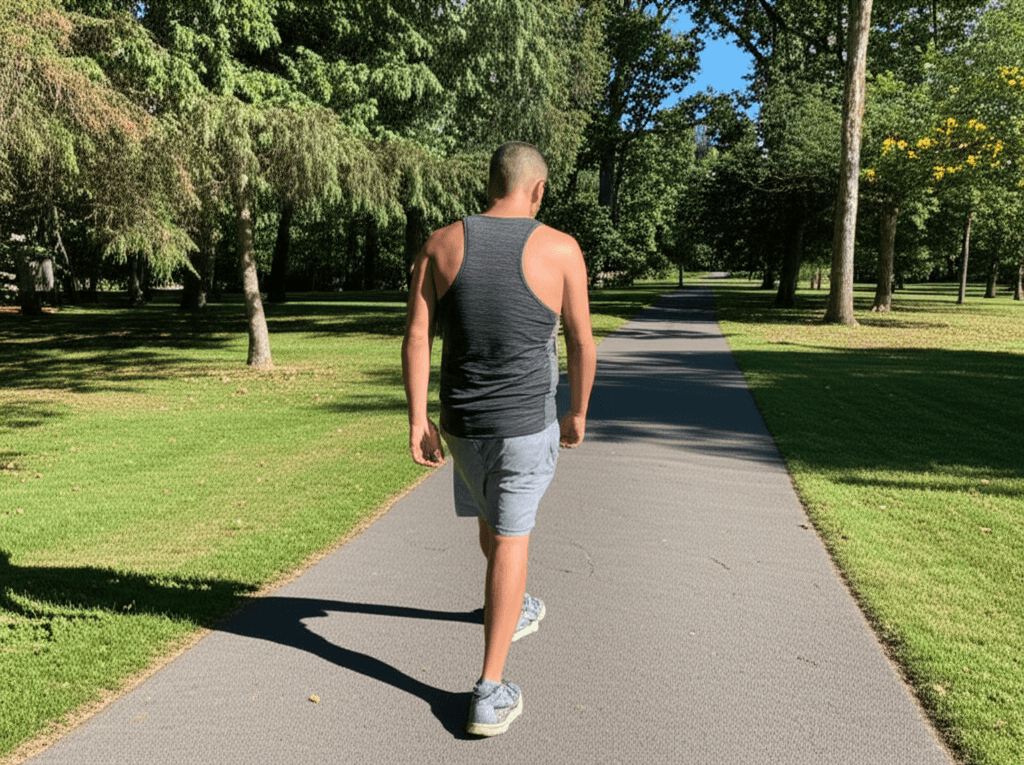
The Unique Advantages of Walking Backward (Retrowalking)
While forward walking offers a solid foundation, turning around and walking backward—often called retrowalking—challenges your body and brain in entirely new ways, leading to amplified benefits. This unconventional movement has been utilized in physical therapy and is increasingly recognized for its holistic health advantages.
Enhanced Muscle Engagement and Strength
Walking backward engages many of the same muscles as forward walking, such as hamstrings, calves, and quadriceps, but it works them differently. Specifically, it demands greater activation from your gluteal muscles, quadriceps, and hip flexors. This toe-heel movement, as opposed to the heel-toe of forward walking, engages the quadriceps to support the knees and absorb impact, while also increasing the range of motion in your hip flexors. This cross-training effect helps avoid overusing certain muscles, strengthening areas less affected by forward walking and improving overall muscle balance.
Improved Balance and Coordination
One of the most significant benefits of retrowalking is its impact on balance and coordination. Because it’s an unfamiliar movement, walking backward forces your body to stabilize itself more consciously, strengthening core muscles and improving proprioception (your body’s awareness in space). This makes it a valuable exercise for injury prevention and rehabilitation, especially after an injury or illness. It can improve gait, walking speed, and overall mobility.
Joint Health and Pain Reduction
Retrowalking is particularly beneficial for joint health, especially for the knees and lower back. The unique movement pattern reduces pressure on the front of the knee joint, making it a good option for individuals with knee pain, osteoarthritis, or patellar tracking issues. By strengthening the quadriceps more intensely, it provides better support to the knee joint, aiding in pain reduction and potentially slowing the progression of osteoarthritis. It can also increase flexibility in the hamstrings and ankles and improve range of motion in the hips and knees.
Cognitive Boost and Mental Acuity
Walking backward provides a powerful “brain workout”. Unlike the automatic nature of forward walking, moving in reverse requires greater concentration and engages your senses more intensely. This forces your brain to adapt, breaking automatic patterns and boosting spatial awareness, balance, coordination, and even memory. Studies have shown that backward movement can enhance short-term memory and increase activity in the prefrontal cortex, your cognitive command center.
Increased Calorie Burn and Cardiovascular Fitness
Because walking backward is more challenging and requires greater muscular effort, it can burn more calories than forward walking at the same speed. Some sources suggest it can burn approximately 40% more calories per minute. This increased effort also boosts cardiorespiratory fitness, allowing your heart and lungs to provide oxygen more efficiently.
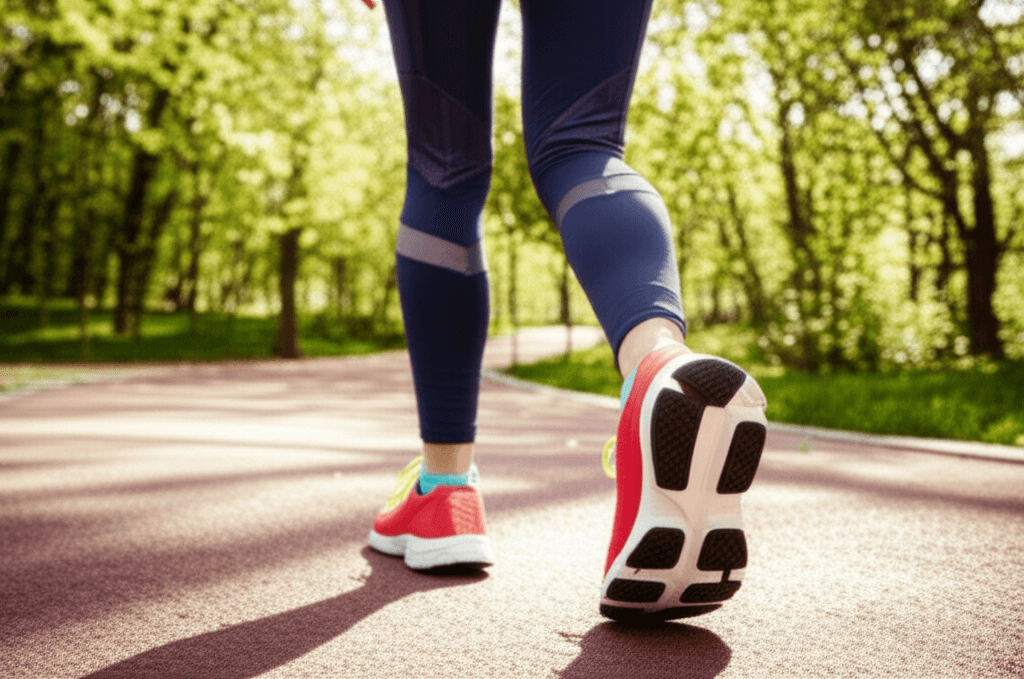
Safely Incorporating Backward Walking into Your Routine
While the benefits are compelling, safety is paramount when trying retrowalking. Since your body is less accustomed to moving in this direction, the risk of falls or missteps is higher.
Practical Tips for Safe Retrowalking:
- Start Small and Slow: Begin with short durations, perhaps 1-2 minutes per session, and gradually increase time and distance as you become more comfortable.
- Choose Your Environment Wisely: Opt for a flat, open, and clear surface, such as a park, track, or even a long, uncluttered hallway. Avoid crowded areas or paths with obstacles like cracked sidewalks, potholes, or low-hanging branches.
- Use Support: Initially, consider using a wall, handrails, or even walking with a friend as a spotter for balance.
- Treadmill Option: Walking backward on a treadmill at a very low speed, while holding onto the handrails, can provide a controlled environment.
- Focus on Posture: Maintain an upright posture and engage your core.
- Listen to Your Body: If you experience any pain, especially in your knees or hips, consult a healthcare provider before continuing. While beneficial for many, it’s not suitable for everyone with joint issues.
Conclusion
Walking is a cornerstone of a healthy lifestyle, offering a multitude of physical and mental benefits. However, by simply changing direction and embracing the practice of walking backward, you can unlock an even broader spectrum of advantages. From strengthening underutilized muscles and improving joint health to sharpening cognitive function and boosting calorie burn, retrowalking is a simple yet powerful tweak to your fitness regimen. By incorporating it safely and progressively, you can enrich your movement, challenge your brain, and take a step forward (or backward!) towards enhanced well-being.




